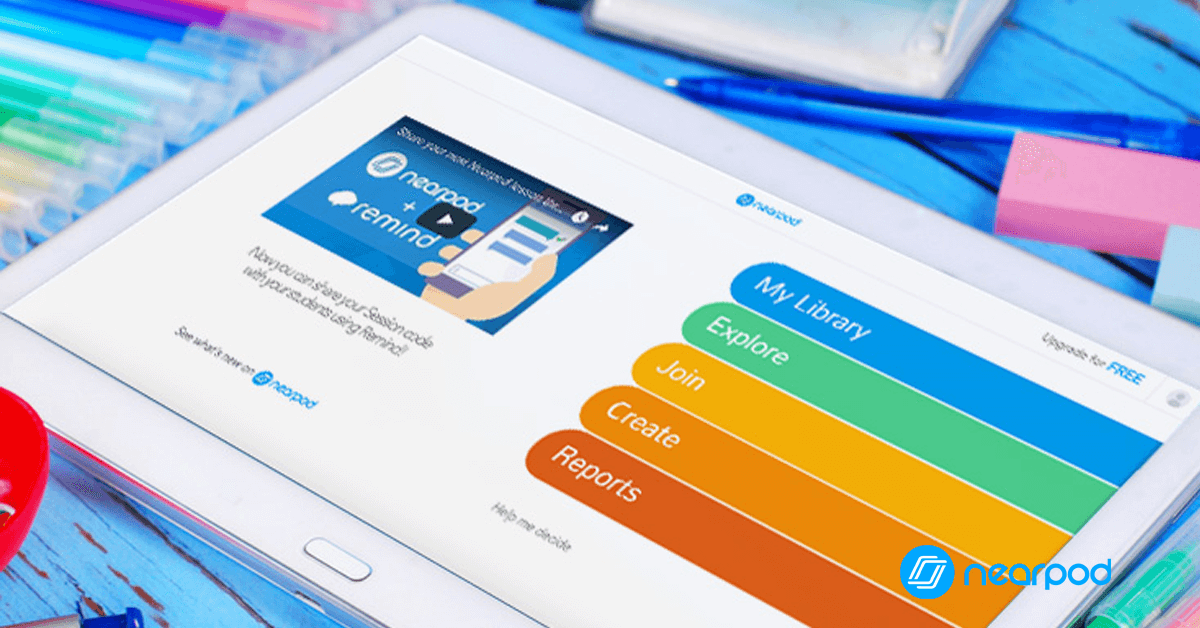“Nearpod is an instructional platform that merges formative
assessment and dynamic media for collaborative learning experiences.” Nearpod
is an excellent resource that engages students in real-life experiences. The
benefits of Nearpod is that it promotes 21st century learning,
creativity, and communication. It also can be used across all content areas and
increases student participation and achievement. Nearpod also improves
students’ reading comprehension, focus, and independence.

10 Ways to Use Nearpod in the Classroom

10 Ways to Use Nearpod in the Classroom
One cool fact about Nearpod is that teachers can pull from a
pool of already existing lesson plans. Teachers can search lessons based of
subject, standard, or grade level. Once a subject is selected, the teacher can
zero in on a specific area of focus for the lesson. Lessons are categorized
into different lexile levels, which breaks down the steps that students are
going to be doing throughout the lesson. Learning objectives are then provided so
students can connect their learning to specific goals. These goals help the
students target their learning and lexile level.
Nearpod is a great tool to use in the classroom because teachers
can imbed outside resources, like Flocabulary and other Google programs. One of
my favorite attributes Nearpod has to offer is virtual field trips. Students
have the opportunity to use Nearpod as a gateway to new experiences that they
originally would never get the opportunity to experience. Students can travel around
the word while in the comfort of the classroom. There are over 400 lessons that
broaden students’ outlook of the world in which we live. While on such field trips,
the teacher can create missions and goals that line with the school standards. These
goals foster independence and creativity.

Nearpod can be used as a formative assessment tool. I love
how Nearpod allows students to express their learning in a way that suits their
personality and learning style. Students have the choice to illustrate their
answers, collaborate with peers, participate in polls, or answer with fill in
the blank or open-ended quizzes.
The only downfall to Nearpod, is that in order to get the full
experience, you must pay a large fee. Prices range from free-$350. However, I believe
that if the school system works together, the fee would be worth the outcome because
Nearpod enhances the education of all.

No comments:
Post a Comment